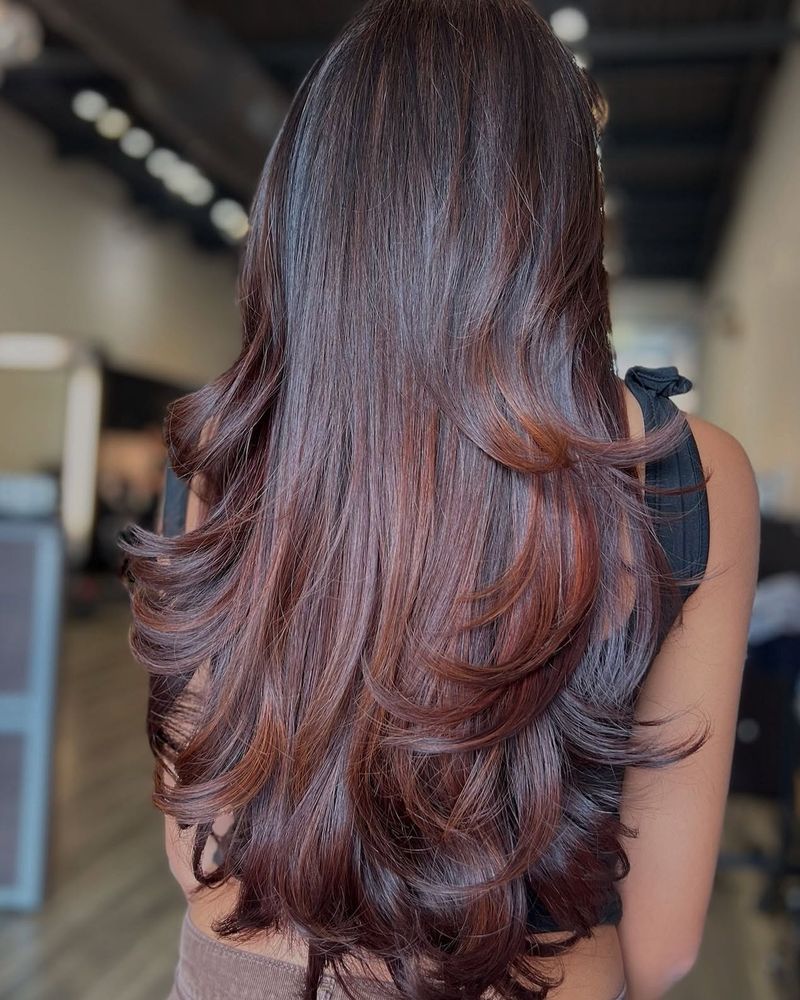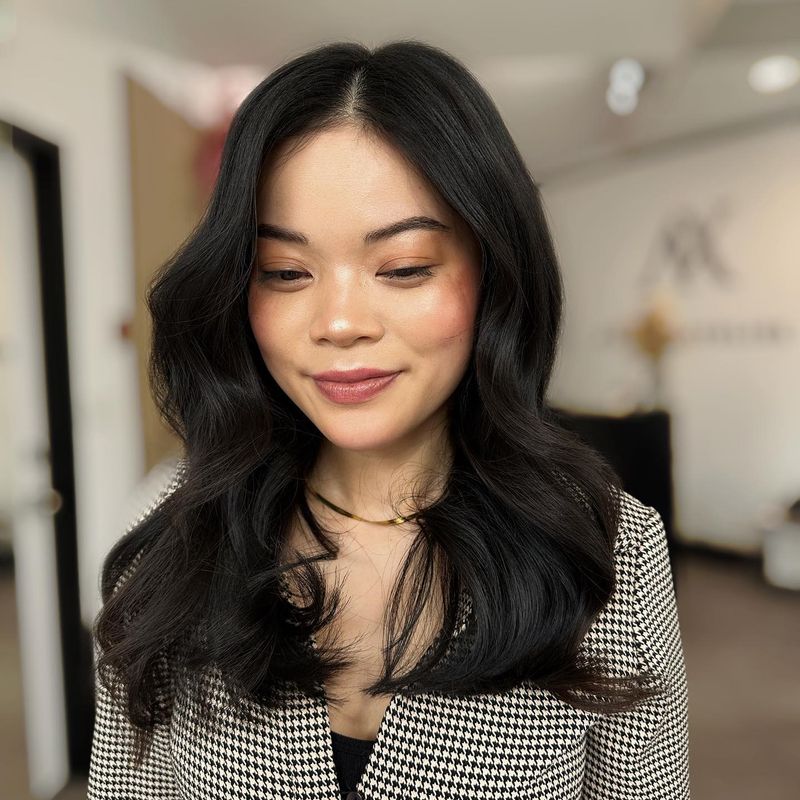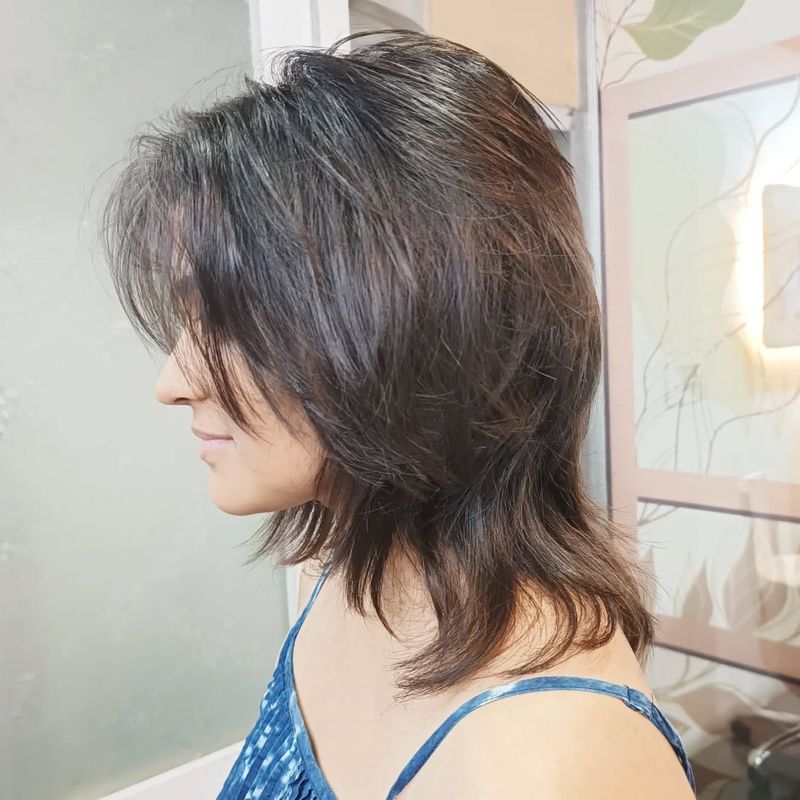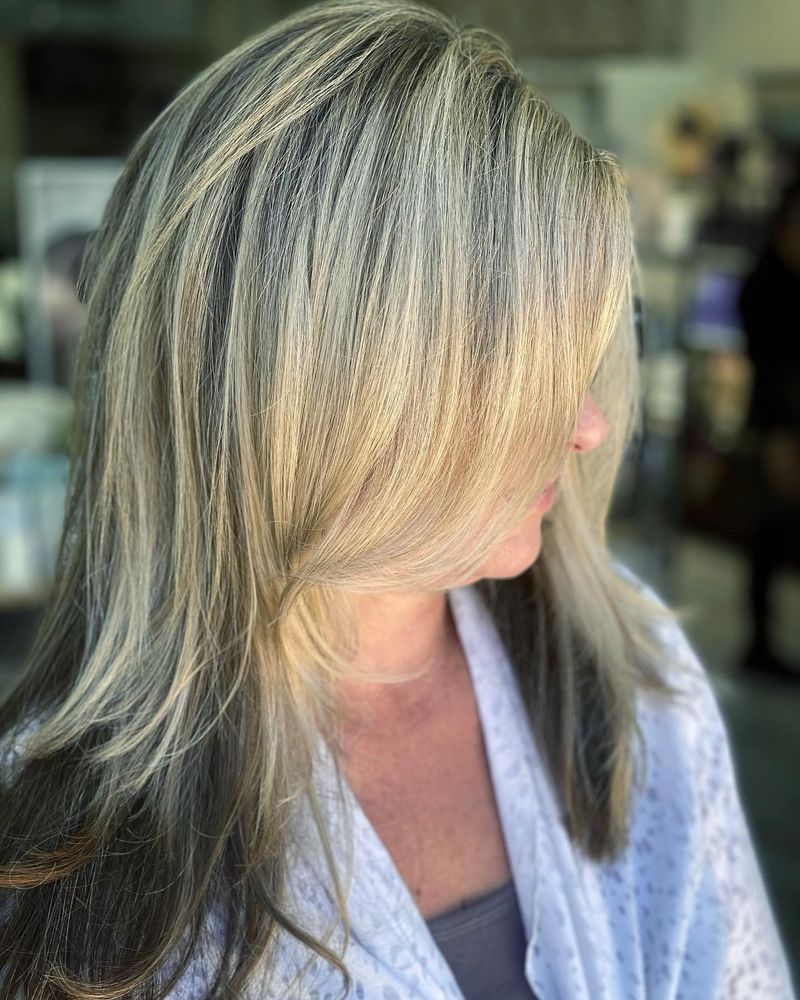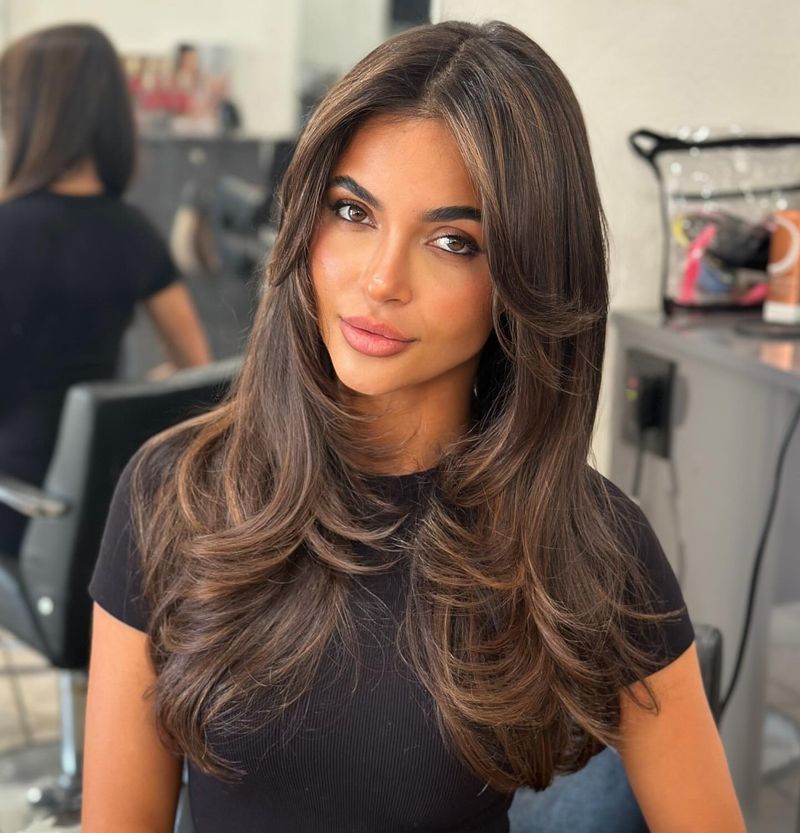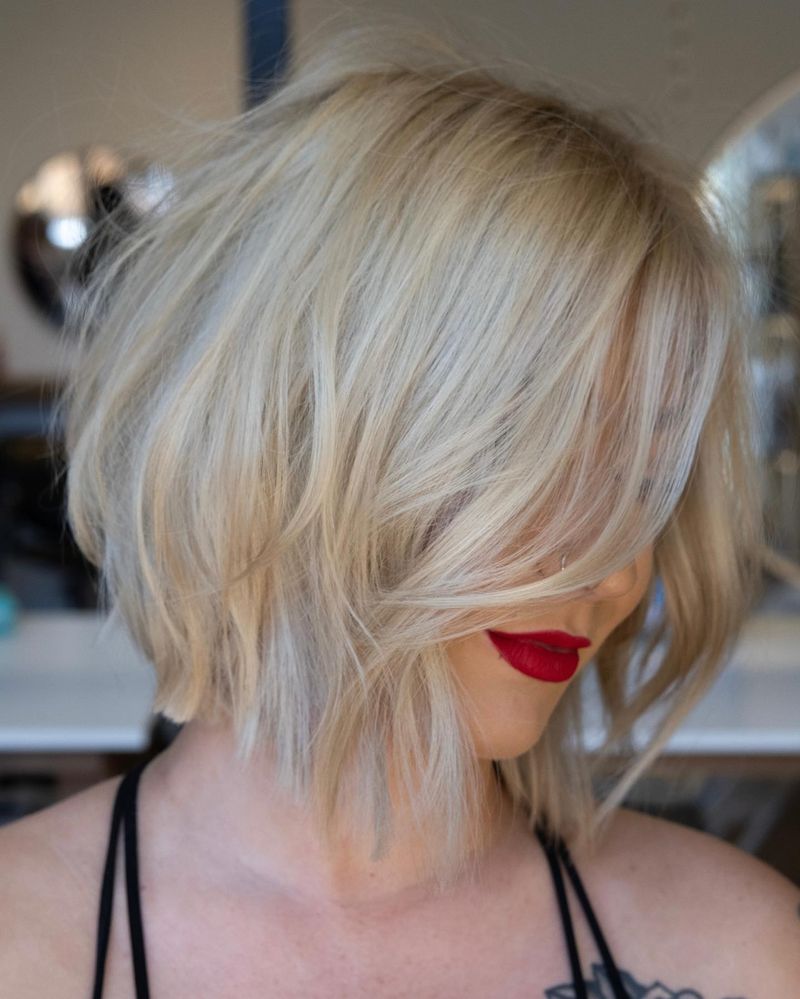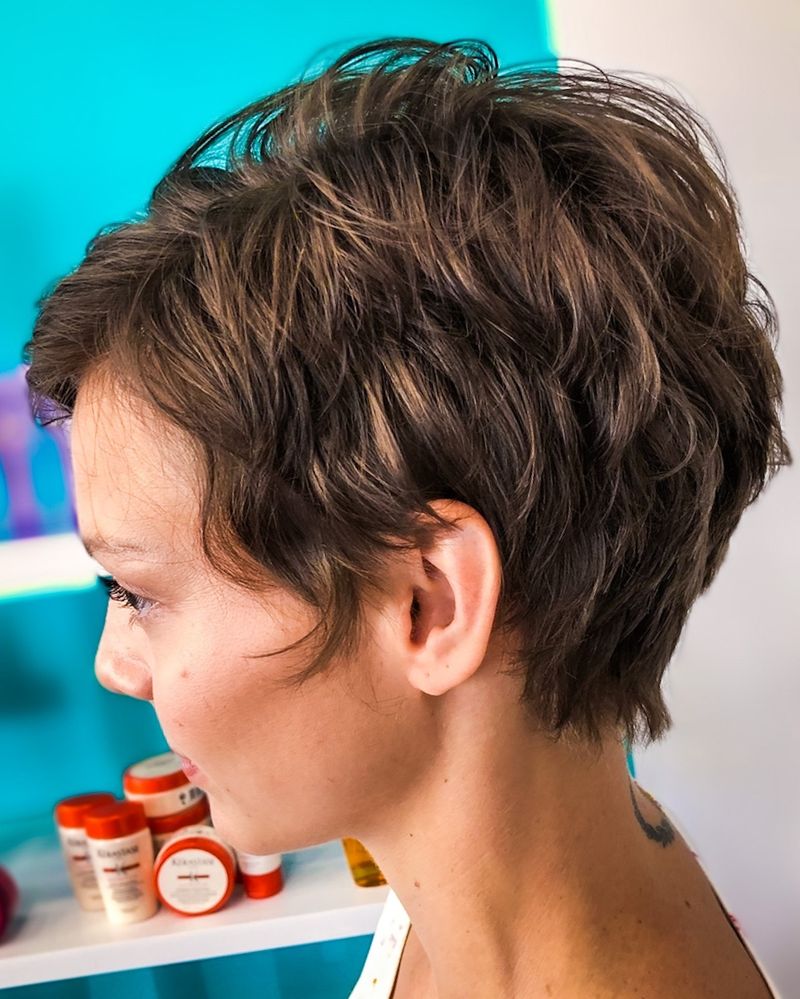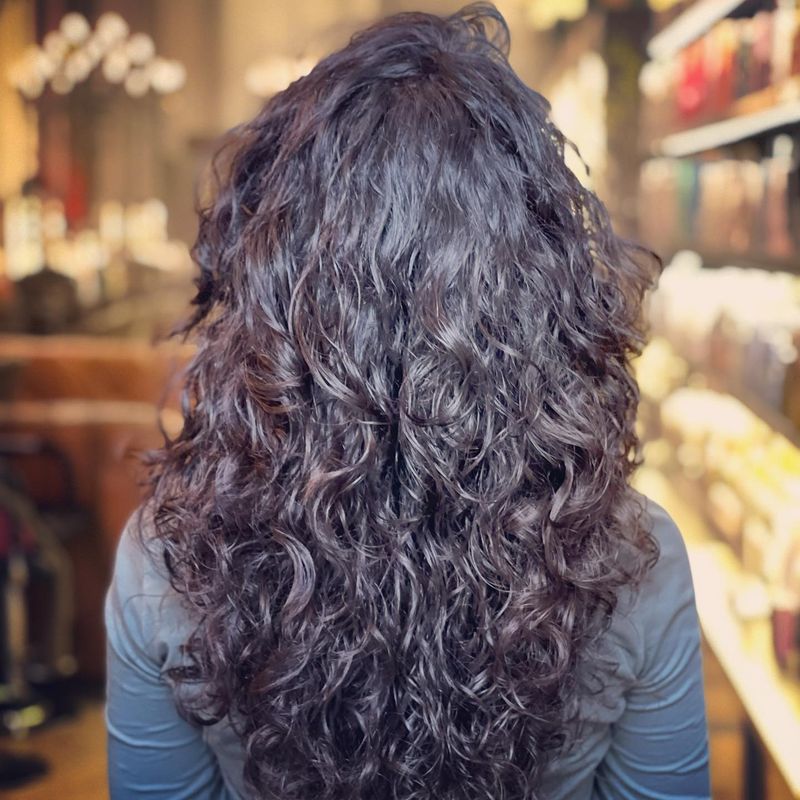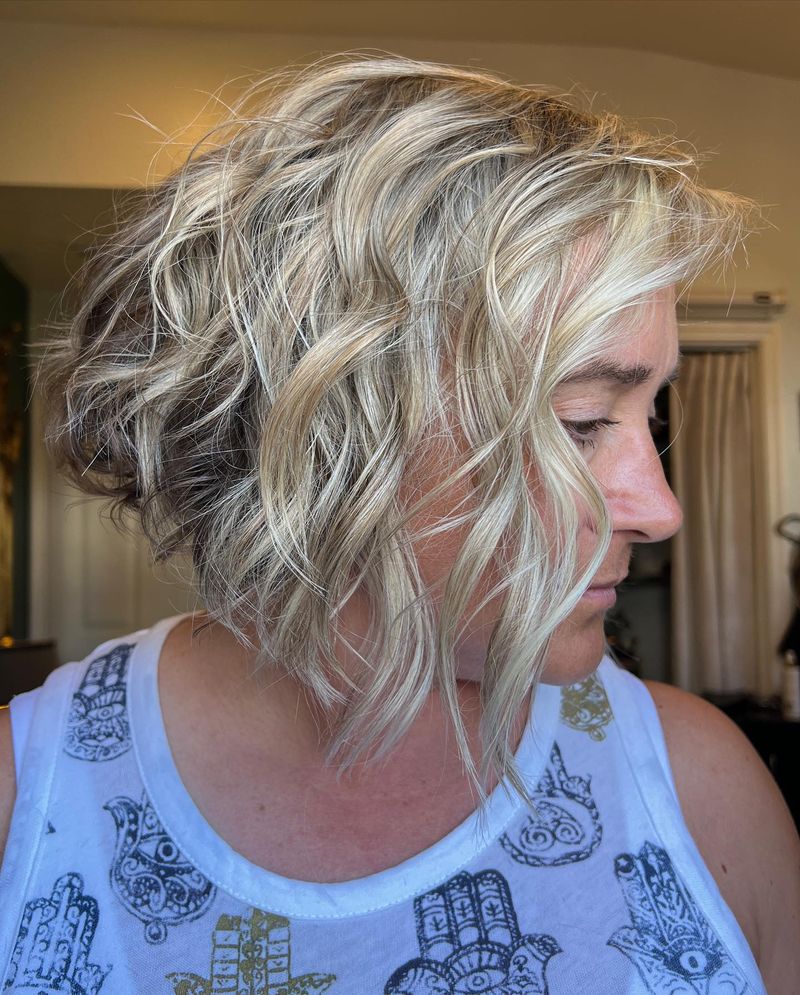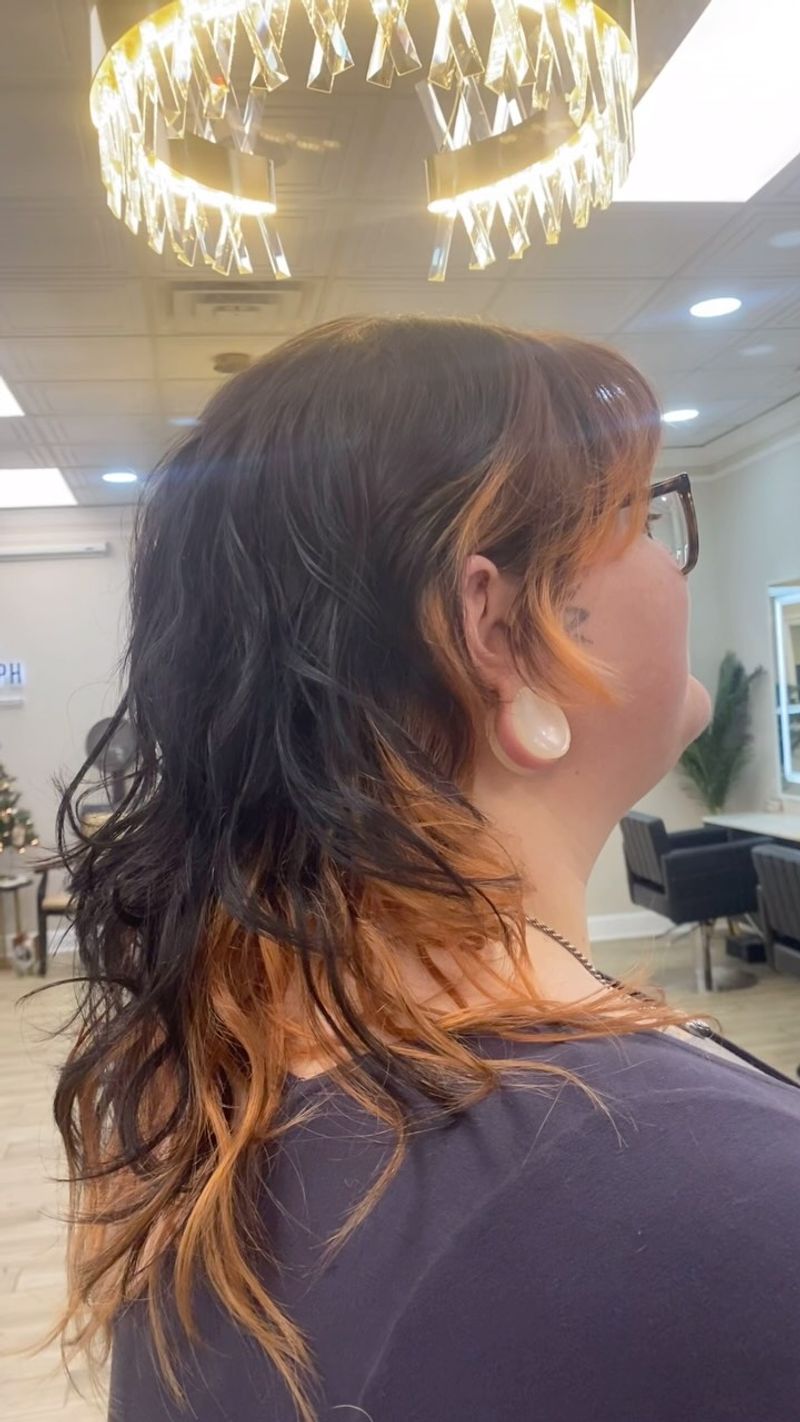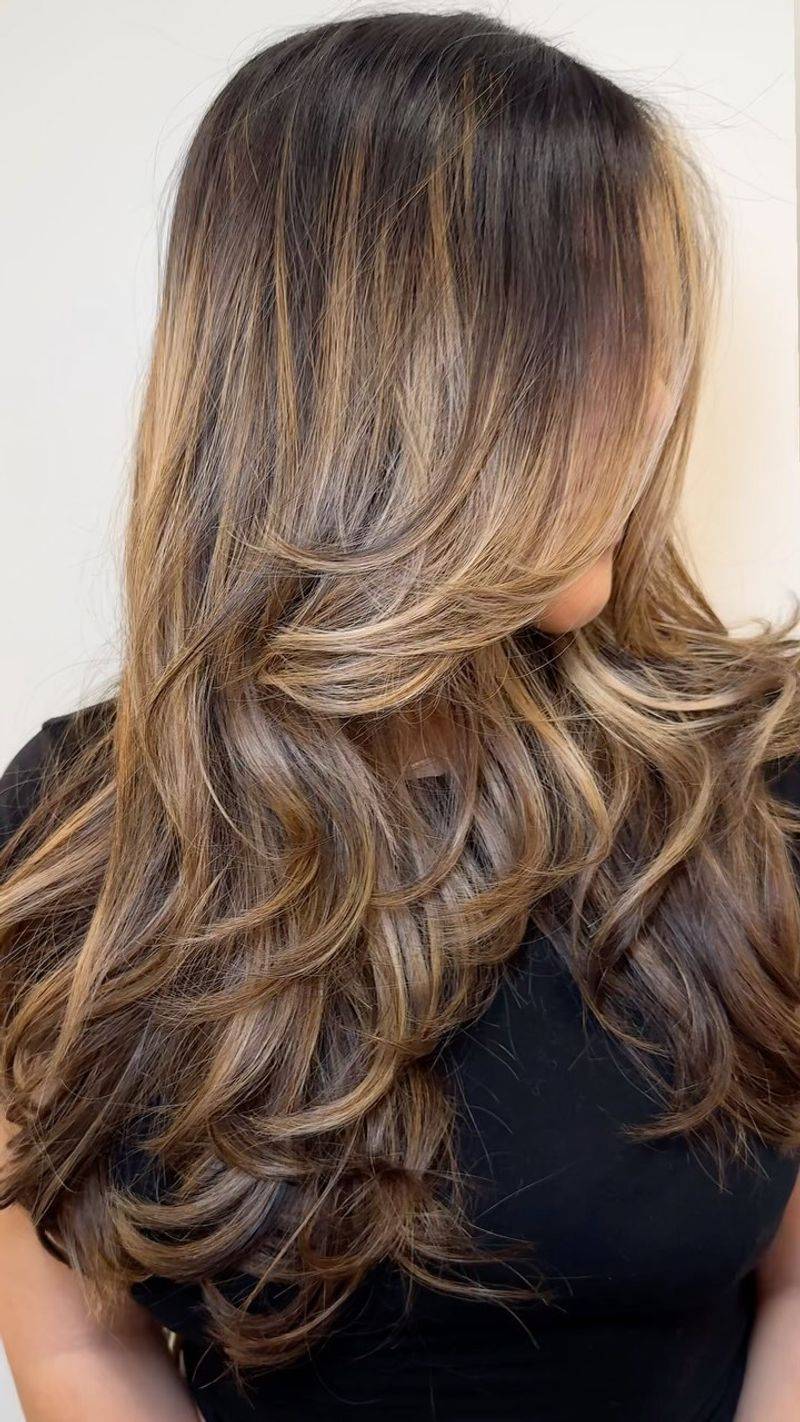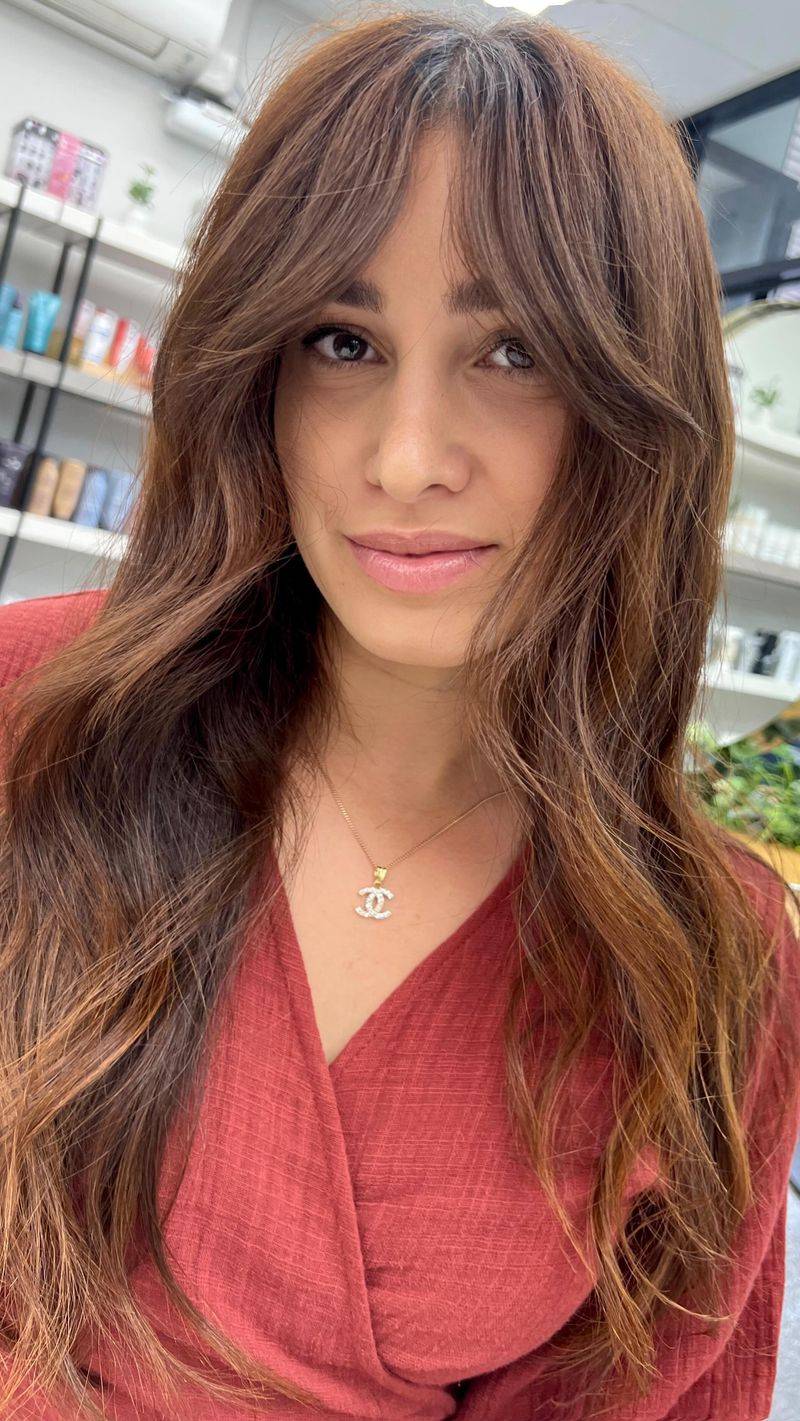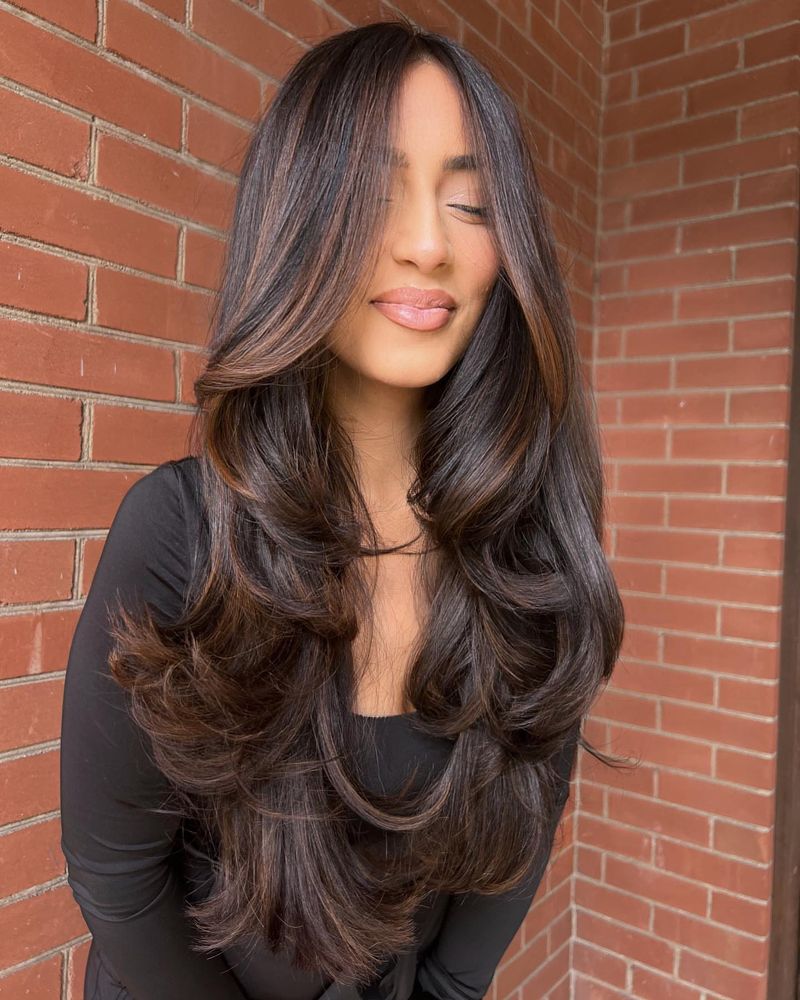Hair troubles got you down? The right layered cut might be your perfect solution. Layered haircuts aren’t just stylish—they’re problem-solvers that work with your natural texture and face shape. Let’s explore how strategic layers can transform limp locks, tame frizz, and give you the gorgeous, manageable hair you’ve been dreaming about.
1. Long Layers for Flat, Lifeless Hair
Long layers breathe life into flat hair by creating movement and dimension without sacrificing length. The subtle graduation adds volume at the crown while maintaining fullness throughout.
Even fine hair types benefit from this versatile cut that can be styled sleek or tousled depending on your mood.
2. Face-Framing Layers for Round Faces
Face-framing layers starting at chin level create a slimming effect for round faces. The strategic cutting technique draws the eye downward, giving the illusion of length rather than width.
These layers can be customized to highlight your best features while minimizing fullness in the cheeks.
Related: -22 Low-Maintenance Layered Haircuts That Keep Older Women Looking Fabulous
3. Choppy Layers for Thick, Heavy Hair
Capas entrecortadas remove bulk from thick hair without creating a mushroom effect. The irregular cutting pattern lightens heavy locks, allowing for easier styling and more natural movement.
This technique works especially well on straight or slightly wavy textures that tend to feel weighty.
4. Feathered Layers for Aging Hair
Feathered layers soften the appearance of thinning, aging hair by creating the illusion of fullness. The wispy, lightweight ends blend seamlessly together, disguising areas where density has decreased.
The gentle movement around the face also draws attention away from fine lines and wrinkles.
5. Shag Cut for Unmanageable Curls
Modern shag cuts work wonders for wild curls by distributing volume evenly throughout the hair. The strategic layering prevents the dreaded triangle shape while encouraging natural curl formation.
Shags also require minimal styling effort—perfect for those who want to embrace their texture without the daily battle.
6. Blunt Ends with Internal Layers for Fine Hair
Blunt ends create the appearance of thickness while internal layers add movement without sacrificing density. This clever combination maintains a strong perimeter line that makes hair look fuller instantly.
Hidden layers throughout provide lift at the roots without revealing that the hair is actually fine.
7. Curtain Layers for High Foreheads
Curtain layers gently frame the face, softening a high forehead without the commitment of full bangs. The gradual angle creates a flattering silhouette that can be parted in the middle or swept to one side.
This style grows out beautifully, requiring fewer maintenance cuts than traditional straight-across bangs.
8. Undercut Layers for Extremely Thick Hair
Undercut layers remove substantial weight from the densest areas while maintaining a versatile look. The technique involves thinning underneath while leaving the top layers intact for styling flexibility.
Perfect for thick-haired people who want cooler, more manageable locks without dramatically changing their appearance.
9. Graduated Bob with Layers for Thinning Hair
Bobs graduados create the illusion of thickness through strategic stacking in the back. The subtle layers throughout add movement while the angled cutting technique maximizes the appearance of density.
The shorter back/longer front silhouette draws attention to facial features rather than areas of thinning.
10. Pixie with Textured Layers for Damaged Ends
Pixie cuts with textured layers eliminate damaged ends while creating a fresh, youthful style. The varying lengths throughout the crown add dimension and personality to this bold choice.
The shorter length allows hair to recover from heat or chemical damage while still offering styling versatility.
11. Waterfall Layers for Frizzy Hair
Waterfall layers distribute weight evenly throughout frizz-prone hair, preventing the poofiness that often occurs with one-length cuts. The seamless transition between lengths helps curls and waves fall more naturally.
This technique works particularly well for those transitioning from chemically straightened to natural texture.
12. Asymmetrical Layers for Square Faces
Asymmetrical layers soften angular jawlines by creating diagonal lines that contrast with square face shapes. The uneven lengths add interest while strategically drawing attention away from wider jaw areas.
Side-swept styling enhances this effect, creating a more oval appearance through clever cutting techniques.
13. Invisible Layers for Straight, Limp Hair
Invisible layers create movement without obvious graduation, perfect for straight hair lacking body. The subtle technique removes weight internally while maintaining a clean perimeter line.
The result appears as one length at first glance but moves with enviable swing and bounce that defies gravity.
14. Wolf Cut for Combination Textures
Wolf cuts blend shag and mullet elements to harmonize different texture patterns within the same head of hair. The heavily layered crown transitions to longer lengths, accommodating both curly tops and straighter underneath sections.
This trendy style celebrates texture inconsistency rather than fighting against it.
15. Butterfly Layers for Widening Narrow Faces
Butterfly layers create width at cheekbone level, balancing proportions of narrow face shapes. The technique features shorter pieces that hit at the most flattering points of the face.
Volume concentrated at the sides rather than the top creates the optical illusion of a wider, more oval face shape.
16. Disconnected Layers for Growing Out Bangs
Disconnected layers ease the awkward bang-growing phase by creating intentional separation between lengths. What would normally look like an in-between mistake becomes a deliberate, edgy style choice.
The distinct separation between shorter front pieces and longer layers creates interesting texture during the transition period.
17. Concave Layers for Balancing Large Features
Concave layers curve inward toward the face, softening prominent features like strong noses or chins. The strategic shape directs attention to the eyes while creating a frame that complements rather than competes.
This technique works on various lengths but is particularly effective in medium styles that hit at the collarbone.


